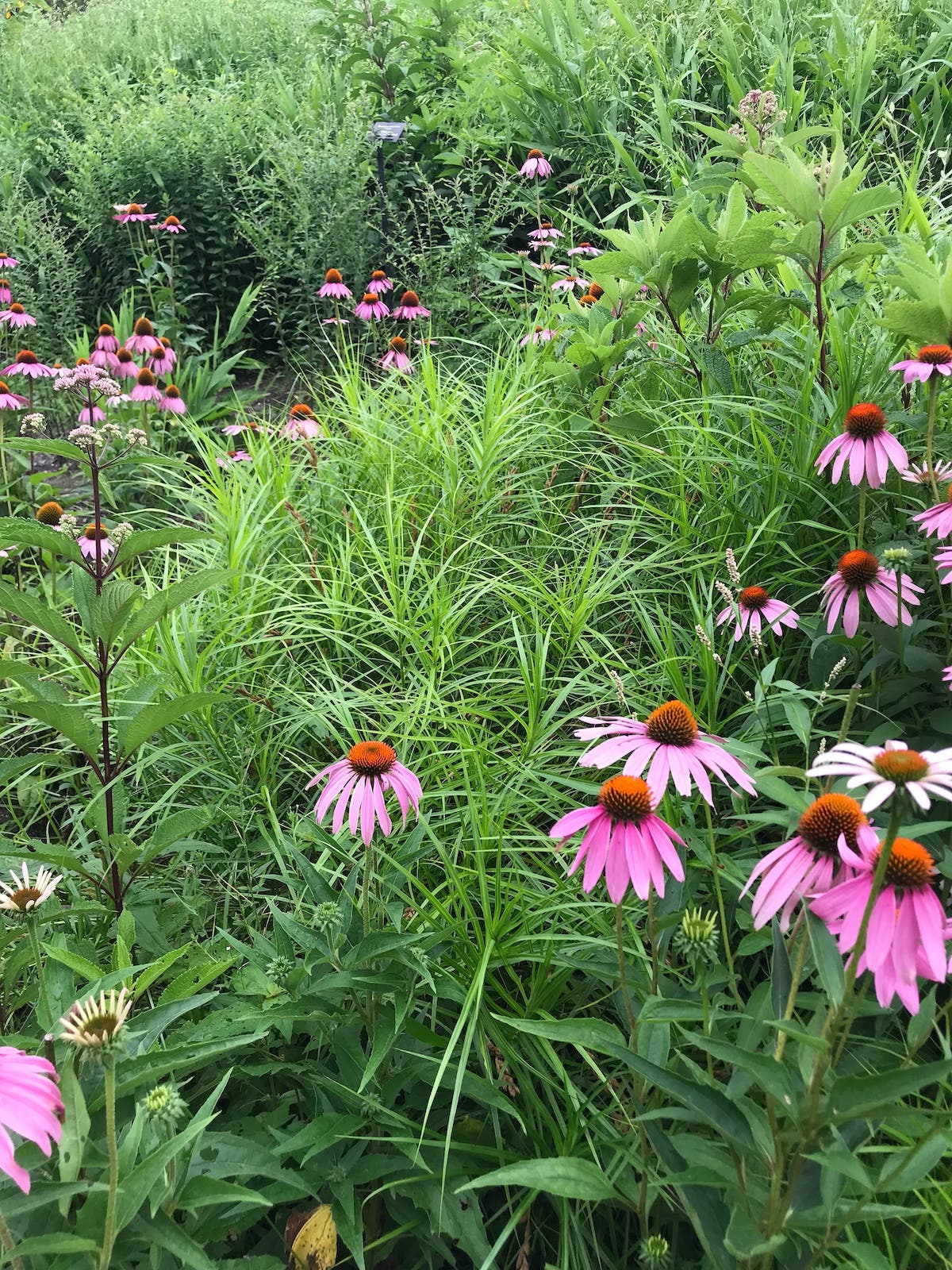Interstella Pieris: a Spring-Blooming Shrub for Shade Gardens
Interstella pieris is an easy-to-grow, compact broadleaf evergreen shrub with deep pink flowers that appear in early spring.
Pieris is treasured as a shade-tolerant flowering shrub that provides a heavy bloom of bell-shaped blossoms in early spring and handsome foliage all year. Interstella pieris stands out with the vivid deep pink color of its spring flowers and its colorful new growth. This compact broadleaf evergreen shrub stays small enough for foundation plantings and other front-yard gardens, with a maximum height that will not block most homes' windows.
Common name: Interstella pieris; Interstella Lily of the Valley shrub; Interstella andromeda
Botanical name: Pieris japonica 'Farrowpjrf'
Origin: The species Pieris japonica is native to eastern Asia. Interstella is a cultivar bred by Mike Farrow in Maryland and introduced by Proven Winners.
Flowers: Interstella pieris blooms in very early spring, with large, drooping clusters of bell-shaped ruby-pink flowers. The bloom time can last several months.
Foliage: Resembling those of rhododendron, pieris's evergreen leaves are long and narrow, with a leathery texture. Mature leaves are a deep, glossy green, but on Interstella pieris they emerge a reddish-copper color and darken over the summer.
Size and habit: This is a rounded shrub reaching three to four feet tall and wide.
Growing Interstella pieris
Exposure: Full sun to full shade
How to grow it: Site pieris in sun or shade. This shrub enjoys the same soil conditions as rhododendron and azalea: moist, well-drained and acidic. Take care to provide even, ample water while it is getting established; thereafter it can withstand short dry spells. However, be sure it receives water in the fall, heading into winter, which can help it resist drying winter winds. An annual feeding of a fertilizer for acid-loving shrubs, such as Holly-tone, can be beneficial; follow package directions. With its naturally compact size, Interstella pieris should not need pruning, but be aware that flower buds form during summer to bloom the following spring. USDA Zones 5–8.
Images courtesy of Proven Winners







